Organic chemistry and the poisoned
Finally, because of my love of the crime novel and Agatha Christie books I would like to look at that of the poisoner and the poisoned. There have been many examples of the poisoned in literature, e.g. Socrates who was a classical Greek Philosopher, was poisoned with hemlock {35}. Socrates lived in Athens and his pursuit of virtue and his strict adherence to truth clashed with the current course of Athenian politics and society. He was very much a critic of the social and moral behaviour; it was this that led to his imprisonment and poisoning.
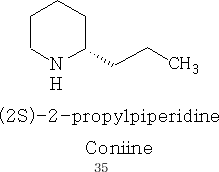
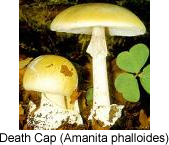
Coniine the active ingredient in hemlock is a neurotoxin and reacts like curare in that it results in paralysis and then death.
Pope Clement VII (Born 1478; died 25 September, 1534) was poisoned by the death cap mushroom (Angelus):
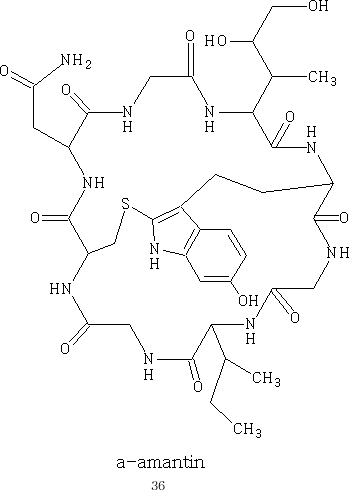
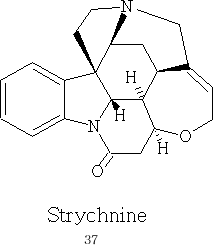
The active agent in the mushroom is a-amanitin {36}. It is from a family of cyclic octapeptides called amanitins. Poisoning by the amanitins is characterized by a long latent period (6-48 hours) during which the patient shows no symptoms. Then the patient who has eaten the mushrooms will get sudden, severe seizures of abdominal pain, persistent vomiting and watery diarrhoea, extreme thirst, and lack of urine production. The person may appear to recover for a short time, but this period will generally be followed by a rapid and severe loss of strength, and painful restlessness. Death will occur usually after about 6 days in most cases of irreversible liver, kidney, cardiac and skeletal muscle damage.

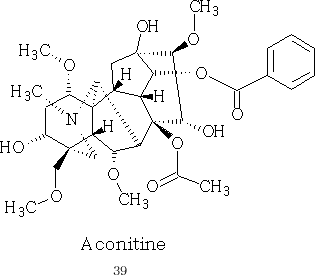
Fictional poisoning, that in the novels by Agatha Christie are many and varied, Christie preferred poison, it was in her words not “messy”. During the Great War she worked in a dispensary which gave her a working knowledge of toxicology – it was by far her most favourite weapon of murder.
Her list of poisons include: Strychnine {37}, Stropanthine(Strophanthus gratus) an example of a cardiac glycoside, eserine {38}, oxalic acid, aconitine or aconite {39}, in some novels it is referred to as datura because the poison comes from specific plants, digitalin from foxgloves, nicotine {40}, taxinefig 23 and 24, and chloral {41}.
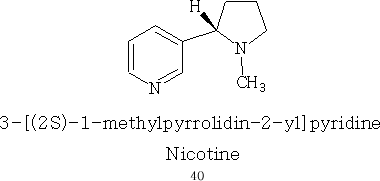
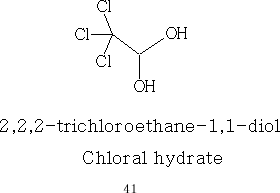
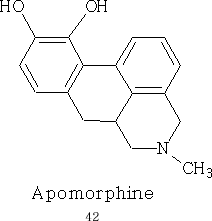
In her book ‘Cards on the Table' infection of a shaving brush with anthrax is the chosen dispenser. A similar application i.e. a shaving smoothing cream was used in ‘The Cretan Bull'Labours of Hercules and in ‘A Caribbean Mystery' a face cream, the agent in question in both cases was atropine sulphate. The poison gave the recipients nightmares and paranoia, of course now her job would have been easier with the use of a few drops of DMSO (An idea given to me by Dr D D Ball, it has the ability of helping substance through the skin barrier.) in the creams; finally in ‘A Sad Cypress' the nurse uses apomorphine hydrochloride {42} (a powerful emetic) to treat herself after she and the intended victim eat sandwiches laced with morphine hydrochloride.
True alkaloids: The basic unit in the biogenesis of the true alkaloids are amino acids. The non-nitrogen containing rings or side chains are derived from terpene units and/or acetate, while methionine is responsible for the addition of methyl groups to nitrogen atoms.